Eva Rothschild
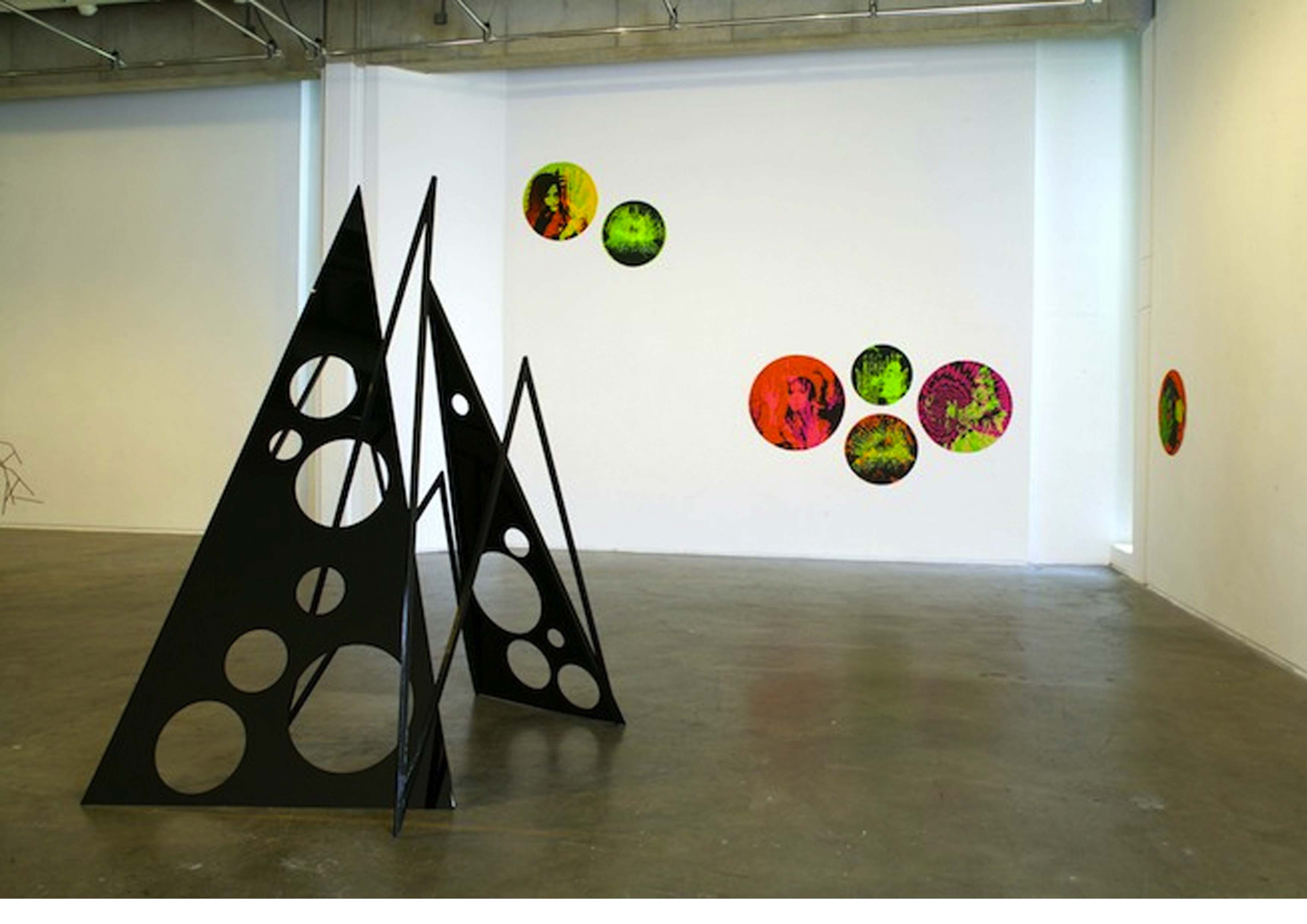
This coming May, Dublin City Gallery, The Hugh Lane, will be hosting an exhibition by Irish sculptor Eva Rothschild. Rothschild holds a BA in Fine Art form the University of Ulster, Belfast and an MA in Fine Art from Goldsmiths, London. She has had numerous international solo exhibitions including Narcissus, Galerie Eva Presenhuber, Zurich (2013), Sightings, Nasher Sculpture centre, Dallas (2012/2013), Hot Touch, which travelled to both The Hepworth Wakefield, West Yorkshire (2011), and Kunsteverin Hannover (211/2012) and a self-titled show at The Modern Institute, Glasgow (2008). She was awarded the 2012 Children’s Art Commission at London’s Whitechapel Gallery, and the 2009 Duveens Commission by Tate Britain. In 2011 she was also commissioned to produce new work; Empire for New York’s Public Art Fund and she is set to show this year at the Sydney Biennale, which opens next week.
Rothschild uses materials such as Plexiglas, leather and paper in her sculptural pieces working with both industrial and hand made techniques. She also makes wall-based works and more recently, video pieces. She is part of a younger generation of artists that have been acknowledged as having a renewed preoccupation with the three-dimensional object and her work references the art movements of the 1960s and 1970s, such as Minimalism, using this relationship to renegotiate and expand on familiar artistic materials and ways of working. She is also influenced by psychedelia, spirituality, and elementary forms; circles, spheres, squares and triangles reoccur throughout her work. Her work embodies many tensions, hard-edged geometry, combined with references to 60s counter culture as well as devotional imagery such as totems and mandalas, all the while juxtaposing industrial and natural materials.
In her works Burning Tyre (2001) and Disappearer (2001) she uses sticks of incense referencing perhaps the 60s roots to her work. They may also indicate how incense has become a signifier of subcultures of the Western world and of perhaps a commitment in one form or another, be it religious or not, to a spiritual and enlightened world view. The tyre evokes campfire romanticism, mixed with urban street culture while also referencing Felix Gonzales-Torres self-consuming works in their capacity as non-static artworks or exhibition-pieces-in-action.
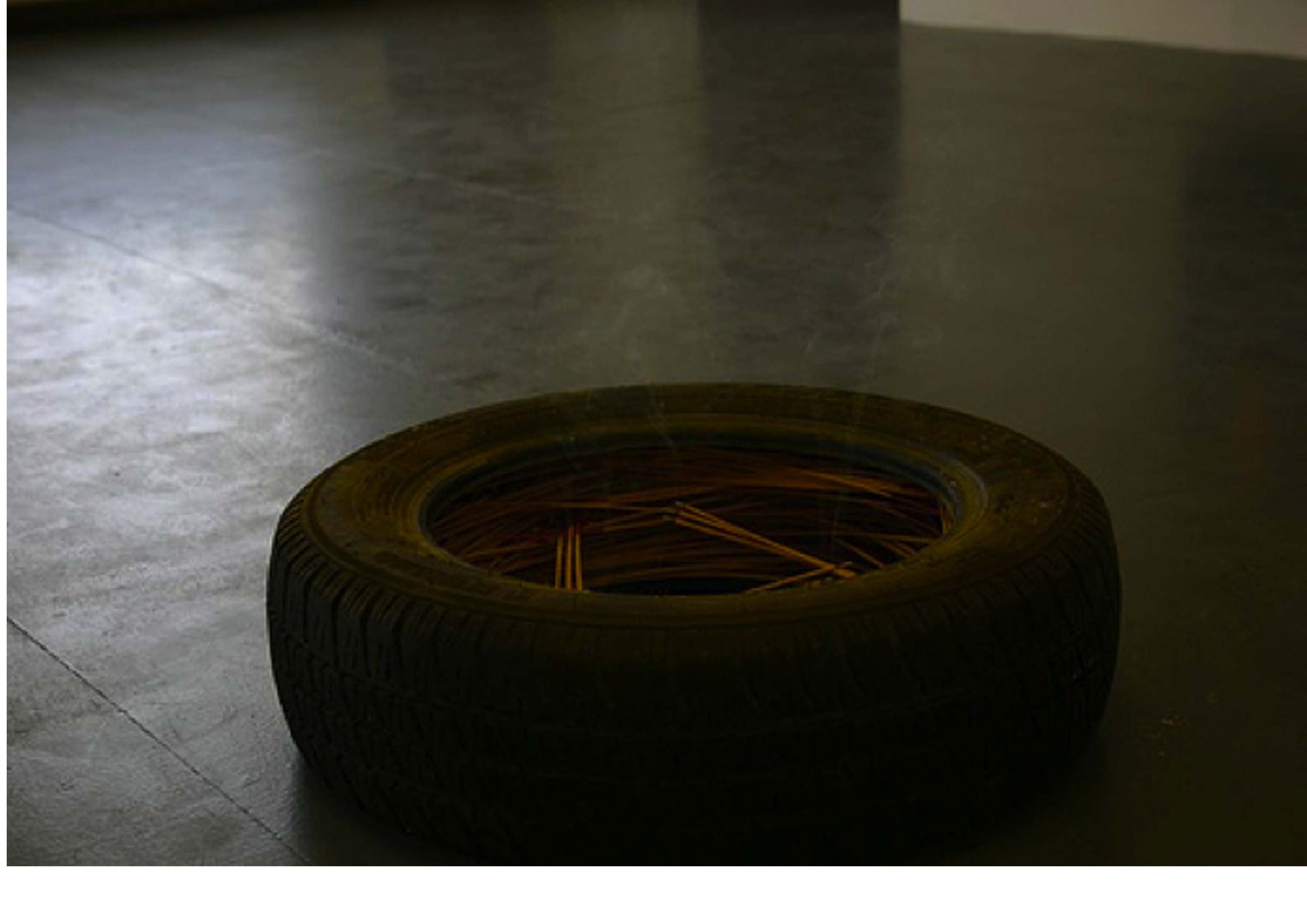
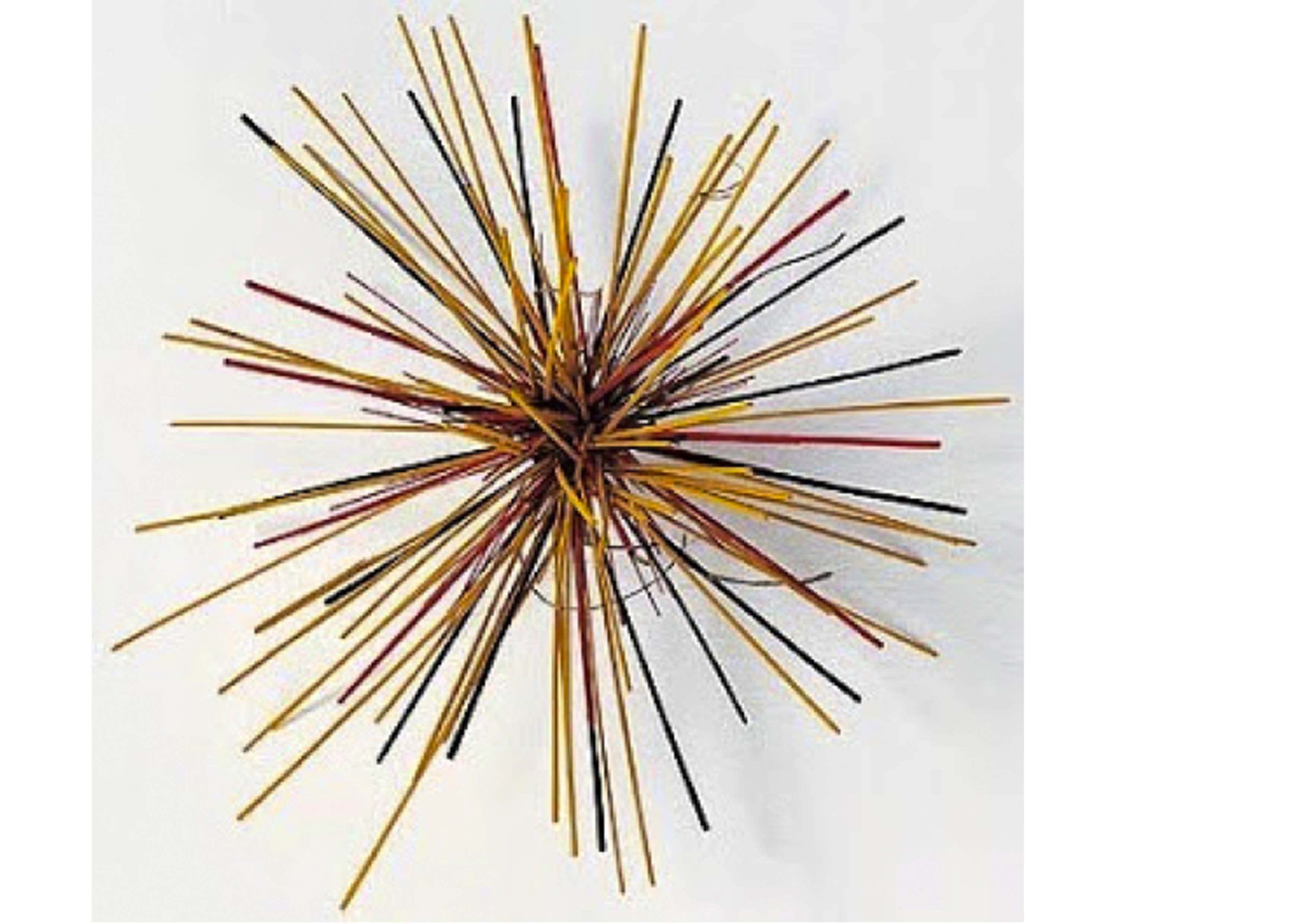
Portrait of Ross is an example of these non-static art works and refers to Gonzales-Torres’ partner Ross who was diagnosed with AIDS in the late eighties. A doctor had told Ross that his ideal weight should be 175lbs and Gonzales-Torres created this piece as a portrait of, and tribute to him. The pile is unguarded so that viewers feel free to take candy from the mound and each day what remains is weighed and replenished so that it again weighs 175 lbs. The candy is both a representation of Ross’ physical weight and metaphor for the best and worst of the disease. As the disease takes away, the person physically dwindles but the weight of the spirit- the intent to remember and celebrate that person’s life is replenished each morning.

A recurring motif in her work are woven materials especially her paper works consisting of woven posters. Many works weave two images into each other, for example a Christian poster and a New Age image of a wolf, to give rise to third image. The hints of spiritualism, mysticism and New Ageism are clear in these works. Her motif of the wolf with all its connotations of wildness, freedom and its possibility of being the perfect romantic signifier of teenage alienation- the James Dean of the animal world- is contrasted with the quite staid and confining ideals of Christianity. In later works she has turned to using less personal images and more stock media images, which clearly give the idea of the digitized world, each piece looks more pixelated, moving on to round mandala-like pieces. A mandala is a spiritual and ritual symbol in Hinduism and Buddhism usually circular in shape and representing the Universe, again referencing spiritual matters in her work.
Of course her pieces also function on a more formal level in that the two-dimensional flat qualities of the work are transformed into three dimensions by the weaving. The handiwork of cutting and weaving the strips of paper also contrasts with the mass-media copying process for these found images as does the, traditionally woman’s, craft of weaving with her masculine colour palette consisting mainly of blacks, purples and greens.
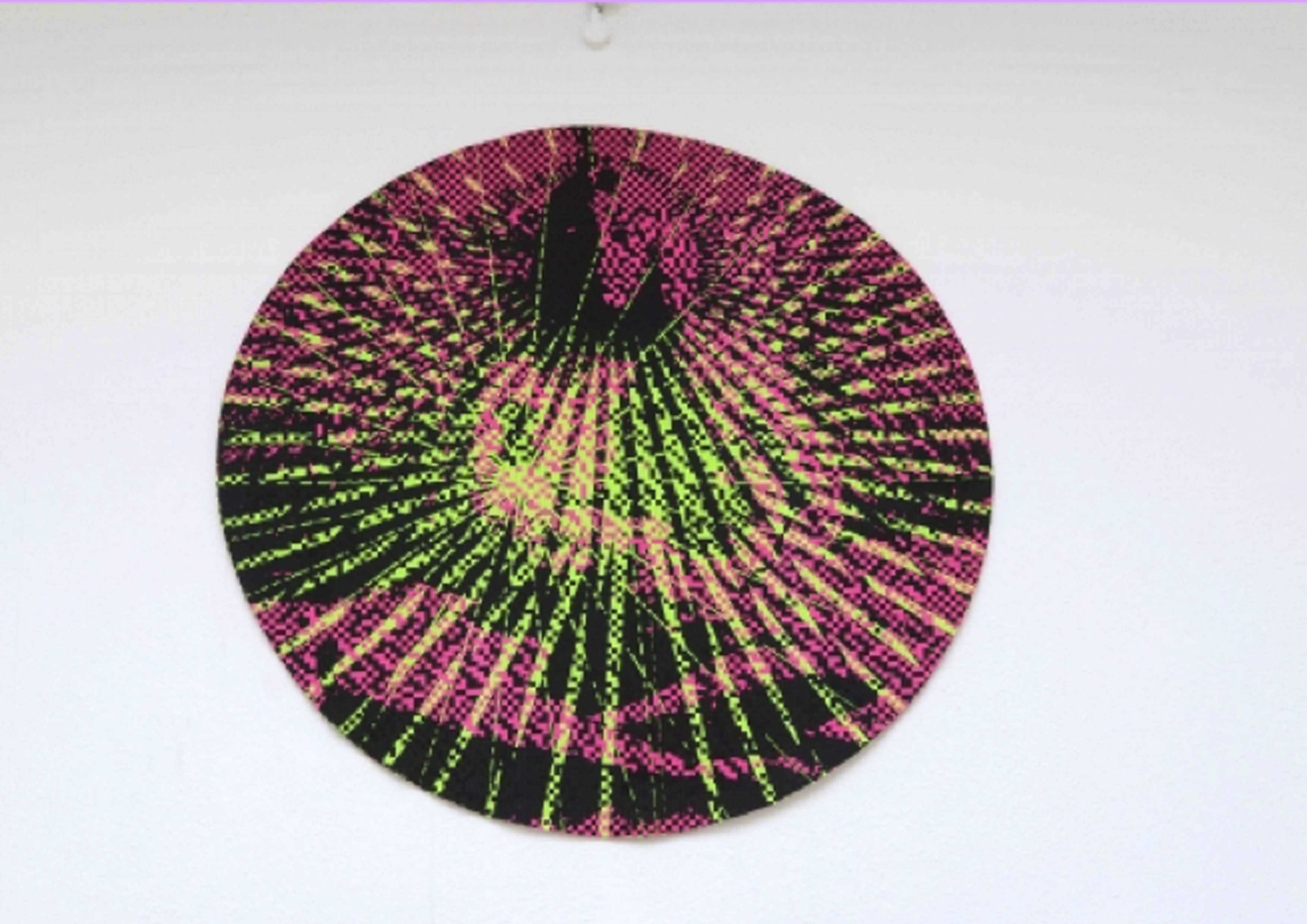
In 2012 Rothschild was commissioned by the Whitechapel Art Gallery education department to make an artwork involving children and since she has three young sons herself, she decided to explore the relationship between young males and works of art. She gave licence to a group of ten young boys to enter and interact with a specially commissioned room of her sculptures, carefully limiting the instructions she gave them and then waited to see what happened. The artist secretly filmed what the boys did and within twenty-five minutes the sculptures were destroyed and redeployed as weapons and costumes to act out various stories. She has said that the results were more violent than she expected but that it was funny, liberating and joyful. Here she is trying to draw attention to how sculpture has traditionally been a male preserve and also society’s tendency to be anxious about groups of unsupervised boys in general.
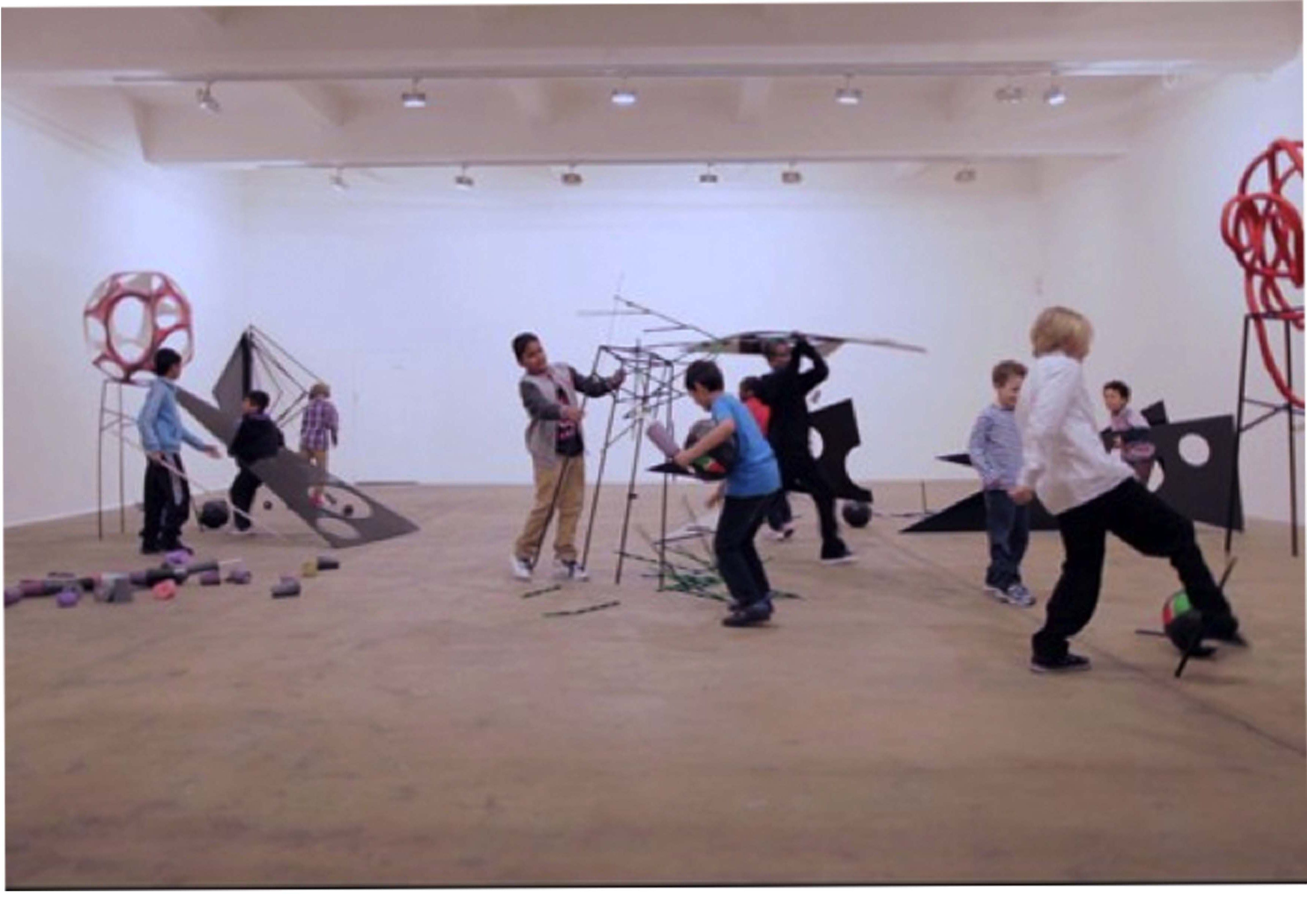
For her most visible piece in London, Cold Corners(2009), one of the Tate Duveens commissions, she chose to make a continuous work that stretched across Tate Britain, sinuously drawing attention to detail, roof and floor of the building. With the lofty and almost oppressive surroundings, Rothschild felt that the structure needed to be ‘spiky’, perhaps to pierce the space, but also to try to take it over. The installation makes a contrast between the glossy black hard edges of sculpture and the smooth sandstone walls. It consisted of twenty-six interconnnected triangles of aluminium box tubing and resulted in a sculpture that could not be taken in all at once, one needed to traverse the length of the building to see it all.
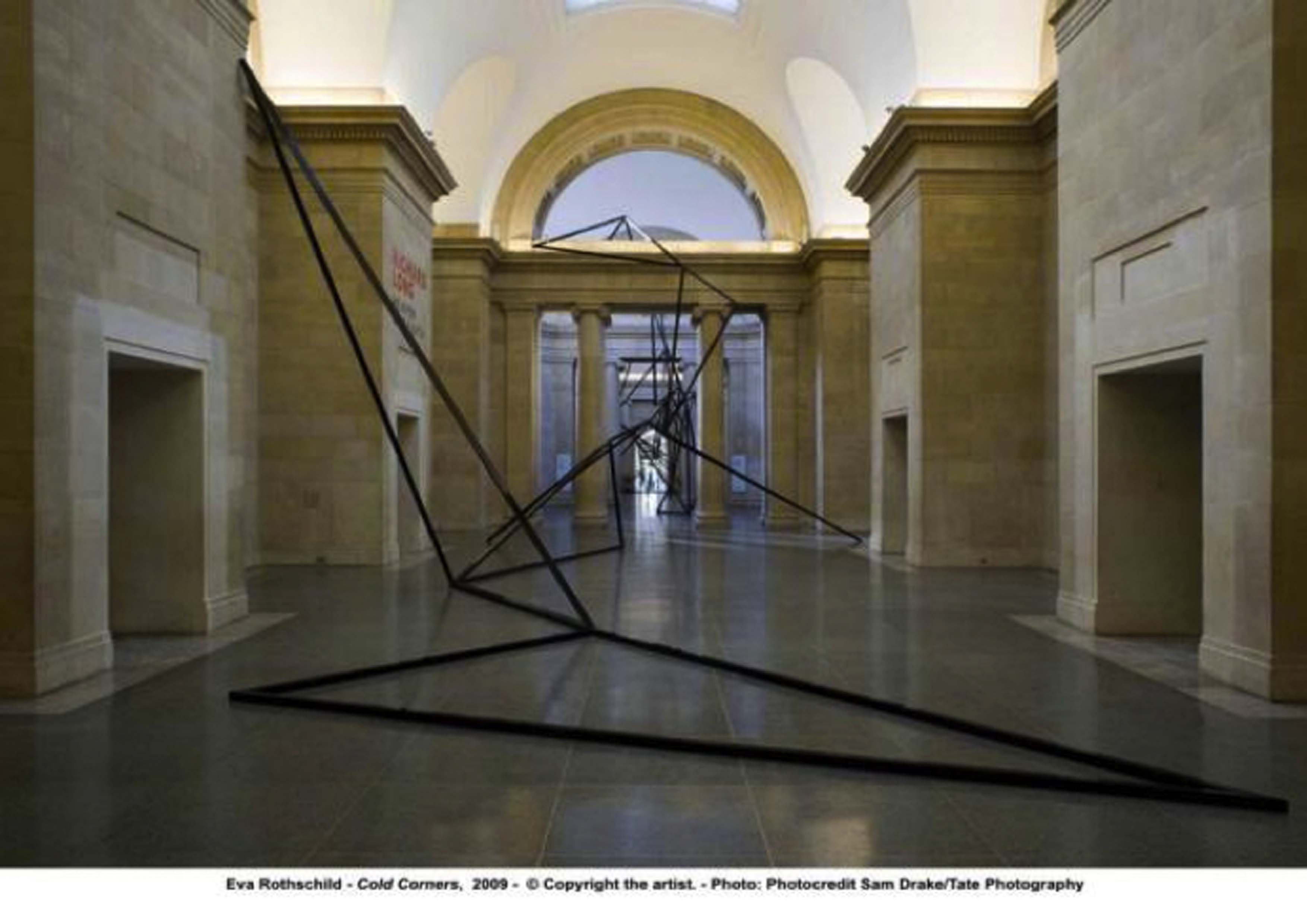
Empire (2011) was commissioned by the New York Public Art Fund and was Rothschild’s first major public art commission. It consisted of a monumental, multi-directional archway that responds both to the natural canopy of the trees of Central Park and also to the transition between the park and the city. The structure took root at ten points on the plaza and branched upwards to join together above the viewer. There is a physical contrast between the huge volume of the archway and its spidery, branchlike, intersecting elements striped green, red and black. The title is fitting for the location, in the heart of the Empire state, but also refers back to the tradition of triumphal arches situated in many European cities to represent the victories of an imperial power.
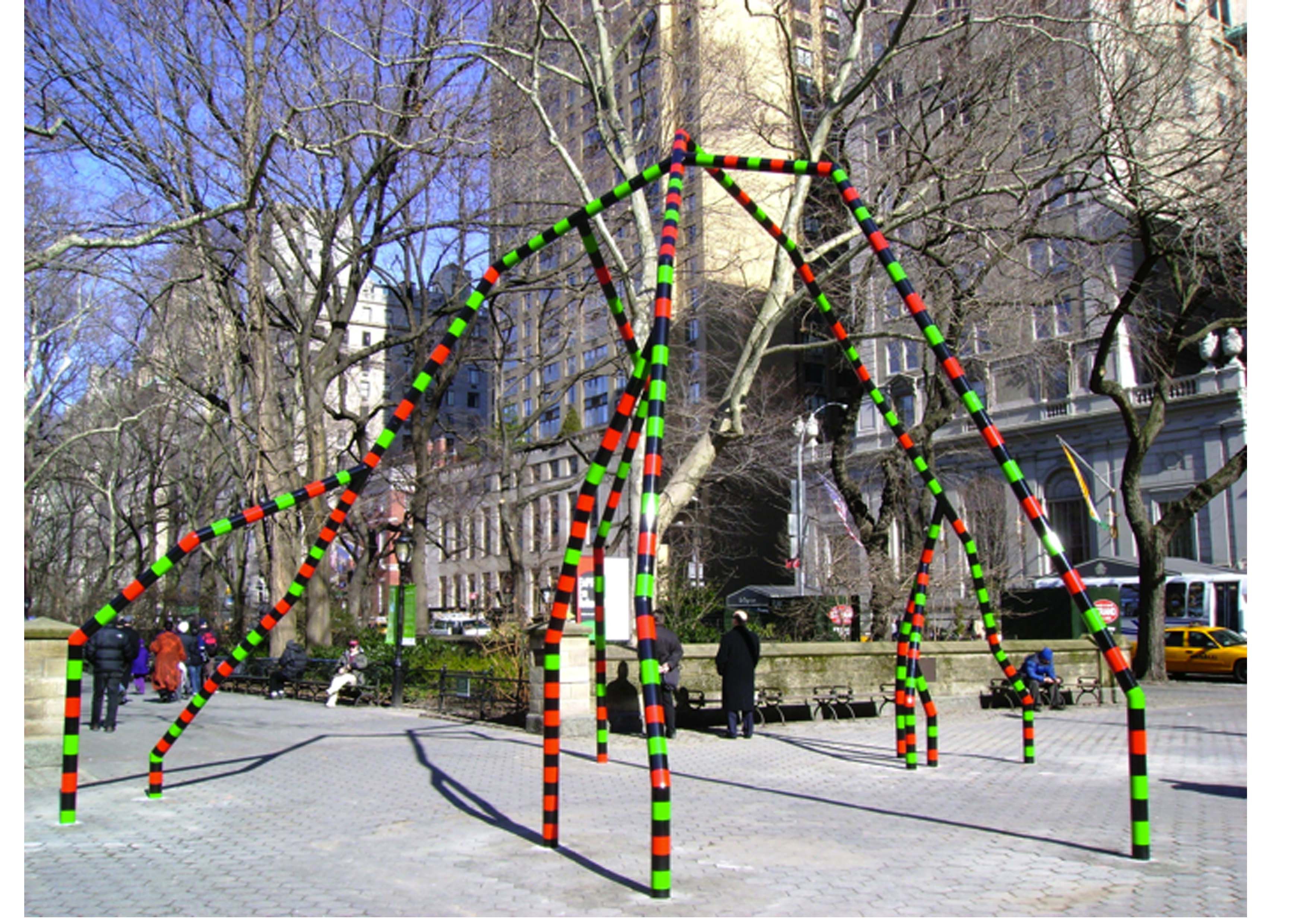
Following on from Empire and Cold Corners, Rothschild created Why Not You (Dallas) as part of the exhibition Sightings at the Nasher Sculpture Centre, Dallas. It was constructed from painted tube aluminium that bent and snaked its way round the museum. This piece is more structured than the fluid Central Park work, referencing the architecture of the museum, while also incorporating Empire’s fluidity and stripes. Visitors were required to step over the piece at points and this playfulness forces activity and engagement on the viewer, whether they want to or not. Unlike the Tate commission this piece is more playful and colourful, which Rothschild says is because the building was newer, perhaps friendlier and softer, so she wanted to tap into that sense continuity. The idea of colour flowing and the progression from cool to warm colours was important to the artist as was the idea of being unsure where that shift begins. The cool colours in the gallery flowed out into the green garden of the centre where the stripes turned to pink and red, referencing Rothschild’s work with snake and snakelike objects.
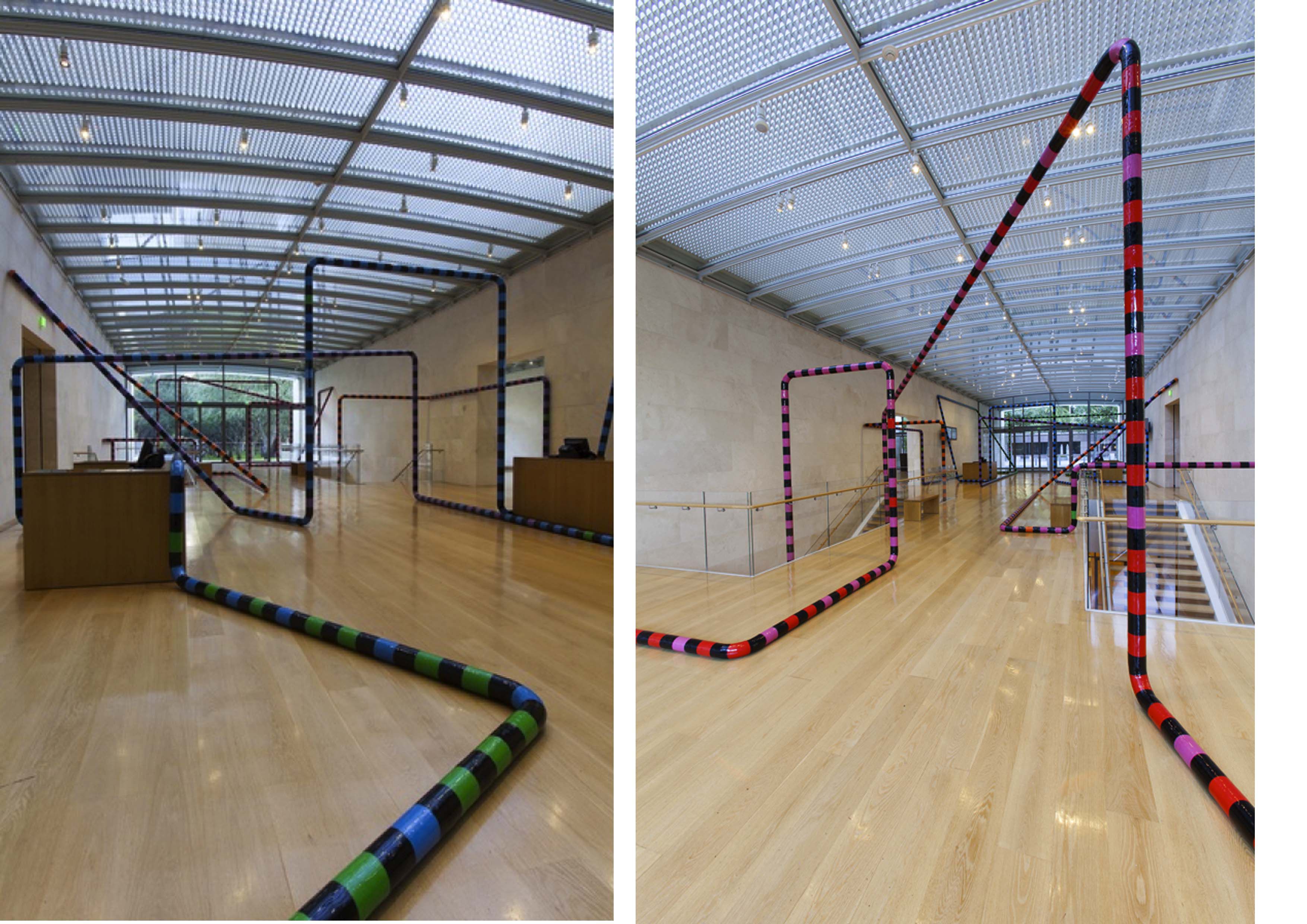
With that in mind, Rothschild’s new work, coming to Dublin shortly, invited the public to participate in a photo shoot with several snakes, with some appearing in the upcoming exhibition. These have become an important metaphor for the artist, she says, ‘The people are fascinated by the snakes, the snakes are not interested in the people. I’m interested in the idea that we have all these projections that we put onto something and the thing doesn’t respond to them. The snake doesn’t care whether we think it’s the devil or a pharmaceutical symbol or if we have a phobia of it—it doesn’t make one bit of difference to the snake.’
So in this way the snakes are an analogy for her work in that it is non-sentient, non-thinking, and that people are fascinated by it but not the other way around. We imbue meaning onto the works when in fact they are just objects until we do so. Rothschild herself gives us no easy answers and comforting the viewer is clearly not a priority, she says, ‘The ideal way to look at art is to be permanently confused.’
Become permanently confused at Dublin City Gallery The Hugh Lane from 23 May 2014.
